The laser is a powerful light source. It has extraordinary characteristics and can cover a long distance with a small divergence. Based on the unique properties of the laser beam, laser beauty appears. The characteristic of this direction is that it can penetrate into hard-to-reach areas of the body, control the blood circulation process, select the most appropriate exposure method, and adjust the equipment parameters according to the patient's physical characteristics. The ability to get beautiful skin without cuts and punctures has attracted many people. Therefore, compared with plastic surgery and "cosmetic injections", rejuvenation and other services involving manipulation of high-energy beams are more popular.
Laser type
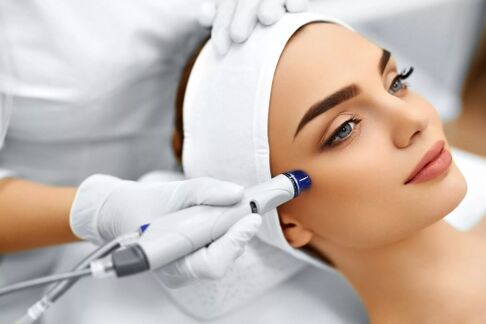
In order to achieve therapeutic and corrective effects, different types of cosmetic lasers are used-it is recommended to immediately ask the beautician what kind of device they use in the office. All breeds are united because there is no consequence in the form of scars, scars, which usually occur after the intervention of a cosmetic surgeon.
existThese types of lasers:
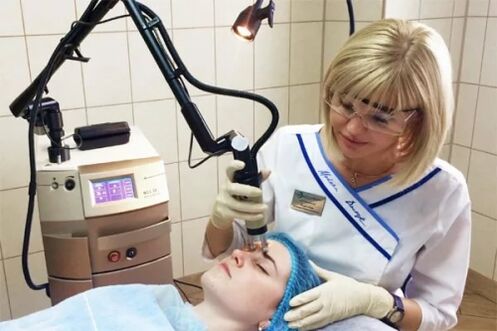
- erbium. . . Shallow penetration to eliminate defects with maximum precision. The heat generated will dissipate quickly, so that nearby tissues will not be damaged. The combination of short and fast pulses with the wavelength and energy density of the emitted wave needs to be balanced. Only in this way can the side effects of surgery be ruled out. With the help of the erbium laser, the fringes are qualitatively eliminated, tightening and peeling are carried out.
- carbon dioxide. . . It has been used in cosmetology and medicine for nearly 40 years. Indications for resurfacing using this special type of beam include age spots on the face and body, removal of tattoos, low-quality permanent makeup, removal of scars after surgery, past injuries, and attempts to eliminate acne on their own.
The carbon dioxide laser (the second name of the device) is used to perform microdermabrasion-a rather serious cosmetic procedure. In case the equipment is handled improperly and the options are set rashly, it will lead to irreparable consequences. This device allows you to guide the high-energy beam dose, adjust and then control the penetration depth. In a course of treatment, the beautician treats a large area of skin. The immediate indication for the use of carbon dioxide lasers is the need to remove the effects of papilloma, colloidal scars and acne. If there is a problem before, the patient will be able to normalize the skin condition. The beautician will eliminate large pores and make the epithelial surface even. The advantages of this operation are less recurrence and side effects, and a short recovery period. Disadvantages-Redness in the treatment area can last a long time (up to 2 months). This phenomenon is related to telangiectasia-increased pressure on small blood vessels during surgery. Allowing the wrong dose of the laser beam can cause scarring and weakening, and vice versa-increased pigmentation.
- ruby. . . This beam is used for hair removal. Features-This procedure can only be performed on light-colored skin. By acting on tanned or naturally dark skin, you may cause pigmentation problems, and a more serious burden can cause burns.
- Alexandrite. . . produces a long-distance beam to distinguish it from its ruby counterparts. Processing requires continuous external cooling of the tissue. It is used for exposure to light-colored skin, provided that there is no sunburn. For people with blond hair, hair removal is ineffective and even harmful.
- diode. . . This type of laser is used for one of the most effective types of hair removal. The beam penetration depth does not exceed 4mm. The advantage of this procedure is that it does not damage the body's natural pigmentation.
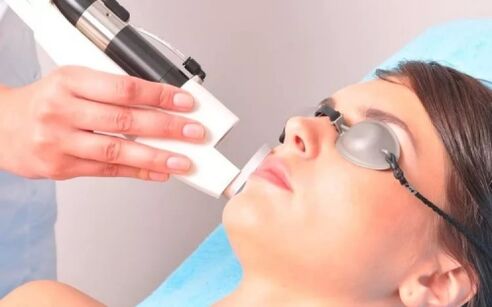
Also applicableNeodymium laser. . . The unique characteristics of the energy flow produced allow it to be used for a variety of purposes-from the elimination of low-quality permanent makeup to hair removal. In addition to affecting the natural pigments of hair follicles and skin, light beams also affect small blood vessels. They condense. This type of device is only equipped in professional clinics; in standard beauty salons, their presence is quite rare.
Indications for laser treatment
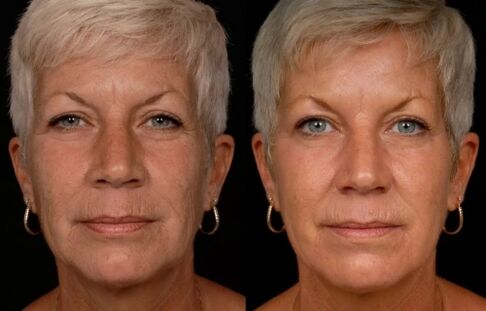
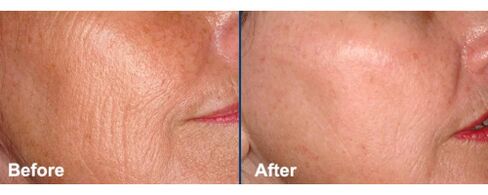
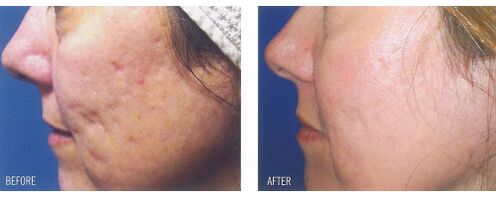
The widespread use of lasers in cosmetology is explained by the multifunctional spectrum in this direction. It is useful to contact a beautician and sign up for surgery for people with such skin problems:
- Acne, the consequences after it are scars, blue spots.
- Wrinkles are a typical imitation and are obviously related to age.
- Scars, regardless of their origin, and the statute of limitations.
- Facial contours are drooping.
- The skin is sagging and the tone is reduced.
- Bags under the eyes.
- Hyperpigmentation of the face and body.
- Dark circles appear under the eyes.
- Low-quality tattoos.
- Enlarged pores.
After treatment, the skin becomes soft, smooth, supple and firm. The defects disappear, so the face and body get a uniform texture. The duration of an operation depends on the type of laser treatment, the patient's expectations, the amount of work to be done, and the degree of ignorance of existing deficiencies. Sometimes, the duration of a course of treatment is predetermined by the age of the skin problem.
Choice of beautician and contraindications for surgery
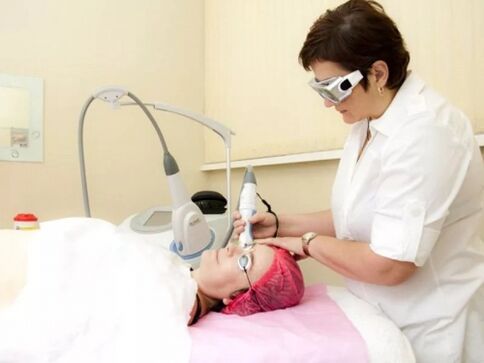
Laser correction has been used in cosmetics for a long time. Since the introduction of innovations, experts have established almost all the characteristics of the body, and in the presence of these characteristics, it is best to reject the procedure. The explanation for this limitation is that exposure to high-energy beams will continue to aggravate the pathological processes that exist in the body.
The list of contraindications is supplemented every month, because no rejuvenating corrective effect is worth a person's life-she is the top priority. The fact that you have chosen the right beautician (rather than a salon or medical center) proves that he wants to collect as much information about your health as possible. A competent doctor always specifies all chronic diseases absolutely, taking into account those diseases that the patient suffered during childhood. Know all medications that you take regularly or regularly. What matters is the tendency to develop allergies, what kind of lifestyle the patient leads, whether they have already experienced laser correction, and what it causes.
Absolutely all factors are important. If a beautician just signs up for surgery indifferently, he cannot be considered qualified.
After determining at least one contraindication, the doctor will suggest alternative methods to achieve the desired results or recommend that the idea of using lasers be completely abandoned.
After knowing that the patient has the following conditions, a competent doctor will never take such procedures:
- Low coagulation (hemophilia, including family history), prone to thrombosis.
- Autoimmune diseases-rheumatoid arthritis, systemic lupus erythematosus.
- An inflammatory component of unknown origin was found on the skin of the face and body.
- Inflammatory process and extensive skin lesions-psoriasis, skin diseases, herpes infections.
- Precancerous state.
- There are many moles (more than 100) on the body.
- Natural sunburn (for example on the beach) can lead to the formation of new moles. They are slightly darker than existing moles or no different from their shadows.
- Tumors of benign and malignant nature (location does not matter).
- Diabetes, regardless of its type.
- hypertension.
- Chronic renal failure.
- Early postoperatively (weak immunity can lead to unpredictable skin resurfacing reactions).
- Severe ischemia.
- Vein tumor.
- Psychological and emotional instability, there is a serious mental illness.
- Need to take sulfa drugs, antibiotics, hormone drugs, fluoroquinolones and drugs that enhance the effect of ultraviolet radiation.
- Tend to activate colloidal scars.
- Family history of vitiligo.
- Pregnancy, lactation.
The existence of these factors is incompatible with the use of lasers, and all these conditions are combined by a common concept-absolute contraindications. If the beautician finds their presence, under no circumstances should they be effective with high energy. This procedure can accelerate the progress of the tumor process, transfer the chronic disease to the worsening stage, and turn the mole into a malignant tumor.
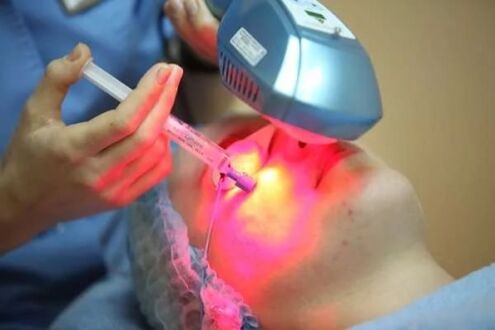
But there are several relative contraindications-most of them are temporary, and the beautician will only postpone the procedure to another date. These phenomena include:
- The appearance of the acne affected area, a boil.
- Increased body temperature.
- Respiratory tract infection.
- Fresh tan.
- Plan the hypertensive crisis on the day of operation.
- menstruation.
- Visited chemical (acid) peels in the past 2 weeks. The skin must regenerate, otherwise exposure will cause burns.
It is impossible to describe laser treatment as a harmless procedure. The rays penetrate the skin, destroy old cells through the power of energy, and eliminate defective areas. If the body has special conditions, disease, and is prone to insufficient response to ultraviolet light, the beautician must be warned.
Side effects of laser irradiation
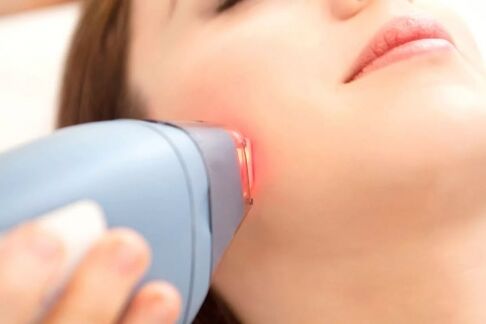
The laser beam is an invention aimed at improving the appearance state. The procedure is indeed effective and has already provided a clear positive impact for many people. But even these statistics cannot guarantee that there will be no possible negative results in every subsequent case. The exact same treatment for some patients can really get rid of scars, acne and wrinkles, while for others, it may cause physical problems.
All negative results have their root causes-they appear due to the illiteracy of the beautician, the characteristics of the patient's immunity, and the unwillingness to take care of the skin surface that has been treated. The laser beam can cause the following side effects:
- Burns (when the beautician incorrectly selects the parameters of exposure to the laser beam).
- For some types of laser surgery, the formation of crusts is normal. However, the appearance of a sore shell even with simulated activities is a pathology.
- Itching due to increased skin sensitivity.
- Redness-usually disappears after 2-3 days and requires systemic treatment with burn medicine.
- Tissue scars. The texture change is the result of incorrect selection of processing parameters.
- The activation of herpes infection is the response of the body's immune system to stimuli.
In addition, side effects include the development of edema and suppuration in the treated area. But this only occurs in the case of bacterial infections-when the patient rubs and combs a laser-polished surface.
If there are no obstacles to the operation, laser treatment of the skin problem area will be the best choice to solve the problem. In most cases, the medical literature describes the beneficial properties of high-precision beams. Having experienced the psychological discomfort of external inferiority complex, many people have eliminated their aesthetic defects and become happy thanks to the use of lasers.





















